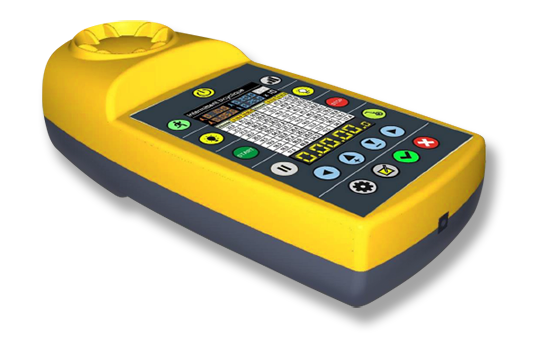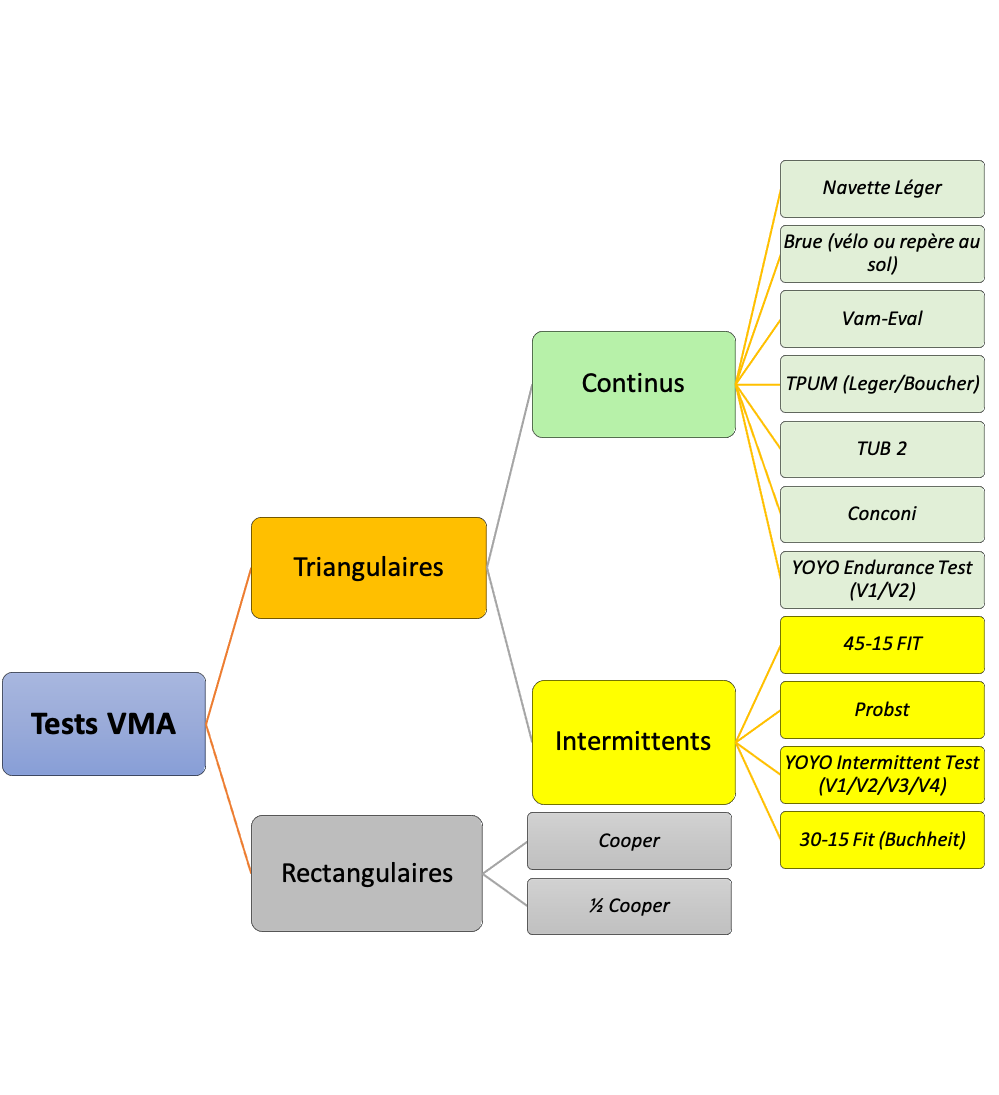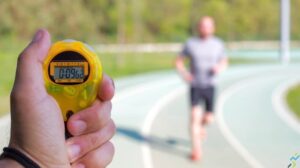The aerobic tests
What are the best aerobic tests to determine your Maximal Aerobic Speed? Who has never asked this question?
The primary objective of these tests is to obtain the MAS (Maximum Aerobic Speed) of an individual. Be careful, each test has its own characteristics. Some of them are continuous, which allows you to obtain the cMAS (MAS for continuous exercises) and others are intermittent, which allows you to obtain the iMAS (MAS for intermittent exercises).
We will distinguish and develop:
- triangular aerobic tests to determine your MAS: continuous or intermittent,
- rectangular tests.
1/ TRIANGULAR AEROBIC TESTS TO DETERMINE YOUR MAS
1.1 / CONTINUOUS TESTS :
- The “Leger” Shuttle Test
It is very easy to set up since it only requires a 20m field with a lane for each individual. The disadvantage of this test is the repetition of the changes of direction which are difficult at high speed and traumatic. The mechanical work due to the actions will therefore require a correspondence table to obtain the MAS.
- Brue test
- Behind the bike: This is a very precise progressive test because the speed is incremented by 0.25 every 30 seconds. This allows an easier and especially progressive cardiac adaptation of the individual. The only drawback is that you need a hare with a bike and an audio device to manage the pace of the pedal strokes.
- Ground cues: It can be done on a track with timing cones only with the SportbeeperPRO which has the program to do it
- The VAM-EVAL
One of the easiest tests to set up and the most used in sports or in schools. It is one of the most reliable.
For its realization, you need a 200m track (minimum), 10 cones (minimum for the speed synchronization beeps) and the test soundtrack. The increment of the steps is 0.5km/h per min. The only disadvantage is that you must have a powerful outdoor speaker for the test (or have a SportbeeperPRO available).
- “Léger Boucher” MPTT
This is a continuous progressive test like the VAM and VAL. Difference is that it is done on a 400m track (preferably) with markers every 50m and a speed increment of 1km/h every 2min. The distance between the markers can make it difficult to synchronize the running pace.
- The TUB 2 (Cazorla)
This is a continuous test with a sequence of 3 minute intervals with a one minute recovery time.
The set up is done on a track of 200 (minimum) with studs every 20m. There are two versions, one that starts at 8/10/12/13/14/15…km/h and one that starts at 12/14/16/17/18/19…km/h. In addition, it is possible to use speakers with a soundtrack or a SportbeeperPRO.
- The CONCONI Test
The increment speed is 0.5km/h per 200m. In this case, as the reference is a distance, the increments are shorter and shorter over time and therefore easier to perform.
The origin of this test was to identify the aerobic-anaerobic transition. It is performed on a 400m track with a calibration every 50m.
- The YO-YO Endurance Test (V1/V2)
The YoYo Continuous Test has two different versions and is similar to the Leger Shuttle Test, i.e. it is performed over a shuttle distance of 20m with an approximate speed increment of 0.5km/h.
It has the same disadvantage, i.e. the repetition of the changes of direction.
2.1/ INTERMITTENT TESTS :
- The 45-15 FIT (Gacon-Assadi)
This is one of the most widely used tests in sports with a predominantly intermittent nature (used extensively by Italian football clubs). Because of its intermittent form, it allows the calculation of a speed limit obtained at VO2max, it is called iMAS to differentiate it from a cMAS ( Continuous MAS). This test includes a warm-up with a start at 8 or 10km/h depending on the level of the athlete. The increase in pace is 0.5km/h per minute. You must run for 45 seconds and recover for 15 seconds to move on to the next level.
The Gacon 45-15 test requires a track of at least 300m, and can be done with a synchronized running pace. It is very easy to set up and does not require a tape. However, the use of an assistant coach like Sportbeeper is mandatory if you want to have synchronization beeps.
- Probst
Its installation requires some experience, however, it is an interesting test in some sports, especially in soccer.
- Yo-Yo IRT1/2 or Yo-Yo IET 1/2
Another aerobic test to determine your MAS: YO-YO test. It is the same set up as the continuous test over a distance of 20m with the addition of an active recovery zone of 2.5m or 5m depending on the version used. There are 4 versions available on the YOYO TEST website, the 4 are different depending on the goals you want to achieve or the starting speed you want.
- The 30-15 Fit (Buchheit)
The 30-15 Fit (Buchheit) is an intermittent shuttle test (a 40m distance). It is easy to set up. It is similar to the 45-15 however, as the running speed increases, there will be more changes in direction making the test more challenging than a 400m track. The mechanical work due to the actions will therefore require corrective equations are used to calculate the MAS.



